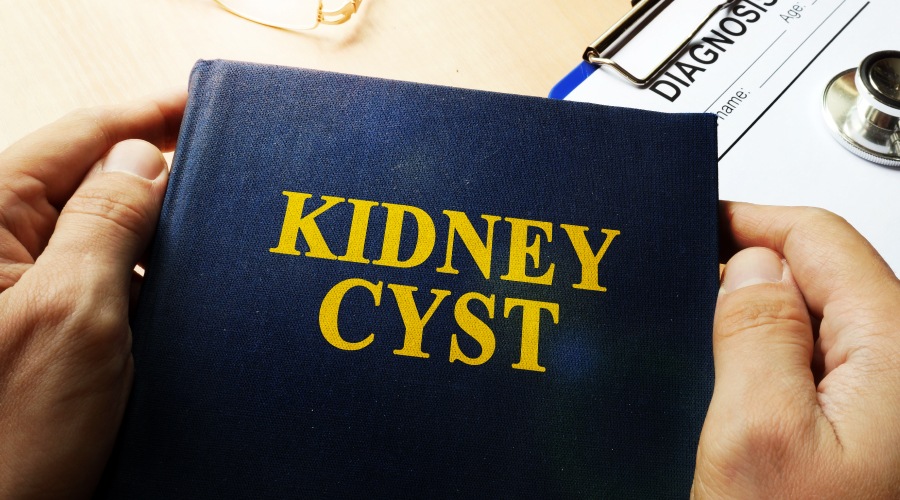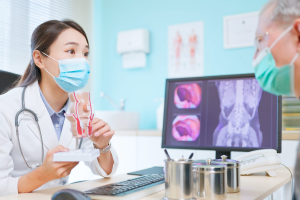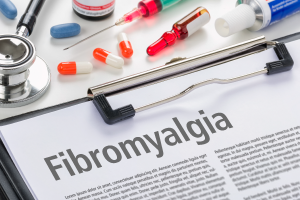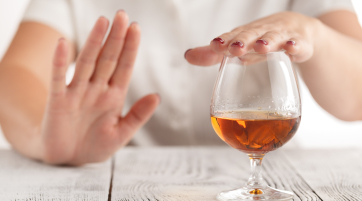

Let’s say you went in for a routine ultrasound, and the doctor casually mentions: “You have a cortical cyst in kidney.” Wait—what? Does that sound serious? Should you be worried? Well, take a deep breath and read this carefully before you get scared. It’s not unusual, it’s usually not dangerous, and in many cases, it doesn’t even cause symptoms.
This article discusses kidney cysts, especially cortical cysts, holistically. It describes cyst types, causes, symptoms, how to diagnose and its treatment options.
What Are Kidney Cysts?
Cysts in the kidneys are round sacs that are filled with fluid. They can form on the surface or inside the kidneys. A cortical cyst is found in the kidney’s cortex or outer layer. Most kidney cysts are harmless and don’t affect how well the kidneys work, but some can get bigger or more complicated, which can be painful or pose health risks.
In some cases, if you start to feel worse, what does a cyst on the kidney indicate could become an important question to discuss with your doctor again. Let’s explore more about it!
Types of Kidney Cysts
Kidney cysts can vary based on their structure and potential risks. There are two main kinds of cysts in the kidney:
- Simple Cysts: Most cysts are simple and usually not dangerous. This is frequently the case with a cortical cyst in kidney.
- Complex Cysts: These may have thicker walls, odd forms, or solid areas, and they may need to be closely watched or taken out.
The answer to the question “is a cyst on kidney serious?” varies on the size and type of cyst. Your doctor will use imaging tests to look at it.
Symptoms
Kidney cysts are often silent, but some can cause noticeable discomfort. Many kidney cysts don’t make you feel sick, but if they do, you might have:
- Pain or pressure in the lower back or side
- Blood in the urine
- Fever or chills (if infected)
- Frequent urination
- Abdominal discomfort
Women may notice these kidney cyst symptoms more than men. Kidney cyst symptoms in females can sometimes look like other gynaecological problems, which can delay the diagnosis.
Causes
Healthcare workers are still studying the exact kidney cyst causes, but the following are known factors:
- Getting older, especially after age 50
- Genetics play a significant role in many illnesses, like polycystic kidney disease.
- Nephron tubules that are damaged or blocked
- Microscopic infections
A cortical cyst in kidney, in particular, can form due to straightforward structural changes that occur with age.
How to Diagnose It?
Some of the tests and methods that are used to find simple kidney cysts are
- Imaging tests: Some imaging tests that are often used to find simple kidney cysts are MRI, CT, and ultrasound. Imaging tests can help figure out if a growth in the kidney is a cyst or a tumour.
- Kidney function tests: If you give a sample of your blood for testing, it might show if a kidney cyst is hurting how well your kidney works.
Read More: Kidney Pain: A Look into Its Causes and Possible Remedies
Treatment
Although many cysts don’t need to be treated, your doctor may suggest one of the following kidney cyst treatment choices if they get bigger or hurt.
- Observation: Imaging is done regularly to track growth or changes.
- Aspiration and Sclerotherapy: Draining out the cyst and flattening/shrinking it with a solution
- Kidney Cyst Removal: Surgery to remove kidney cysts that are big or seem odd
Ever wondered how to remove cyst from kidney, the procedure is typically performed laparoscopically and requires little healing time.
Takeaway
If you are still wondering should i worry about kidney cysts, let us tell you-despite their complexity, most of these cysts are benign, i.e. non-cancerous and harmless, but should be tested for malignancy. MRI or CT scans will be utilised first to improve visibility. A doctor will evaluate the scan and advise you on waiting, biopsy, or cyst removal.
And to know the comprehensive solution of how to get rid of kidney cysts safely and properly, you should always talk to your doctor before you start doing any changes with your diet and lifestyle.
Frequently Asked Questions Related to Kidney Cyst
Q2. What kind of fruit is best for a kidney cyst?
The pigment naringenin, which is found in grapefruit, helps reduce the growth of kidney cysts that could cause kidney failure.
Q3. What size of kidney cyst is dangerous?
Less than 5 cm of kidney cysts are usually harmless, but from 5 cm, the cysts start causing pressure or discomfort and thus need monitoring.
Q5. What size kidney cyst is considered large?
As above mentioned, kidney cysts larger than 5cm (about 2 inches) are considered large.
Q5. How to cure kidney cyst?
There’s no guaranteed cure, but lifestyle changes. Including a diet rich in anti-inflammatory foods like turmeric, berries, leafy greens, and fatty fish, can help manage inflammation.




